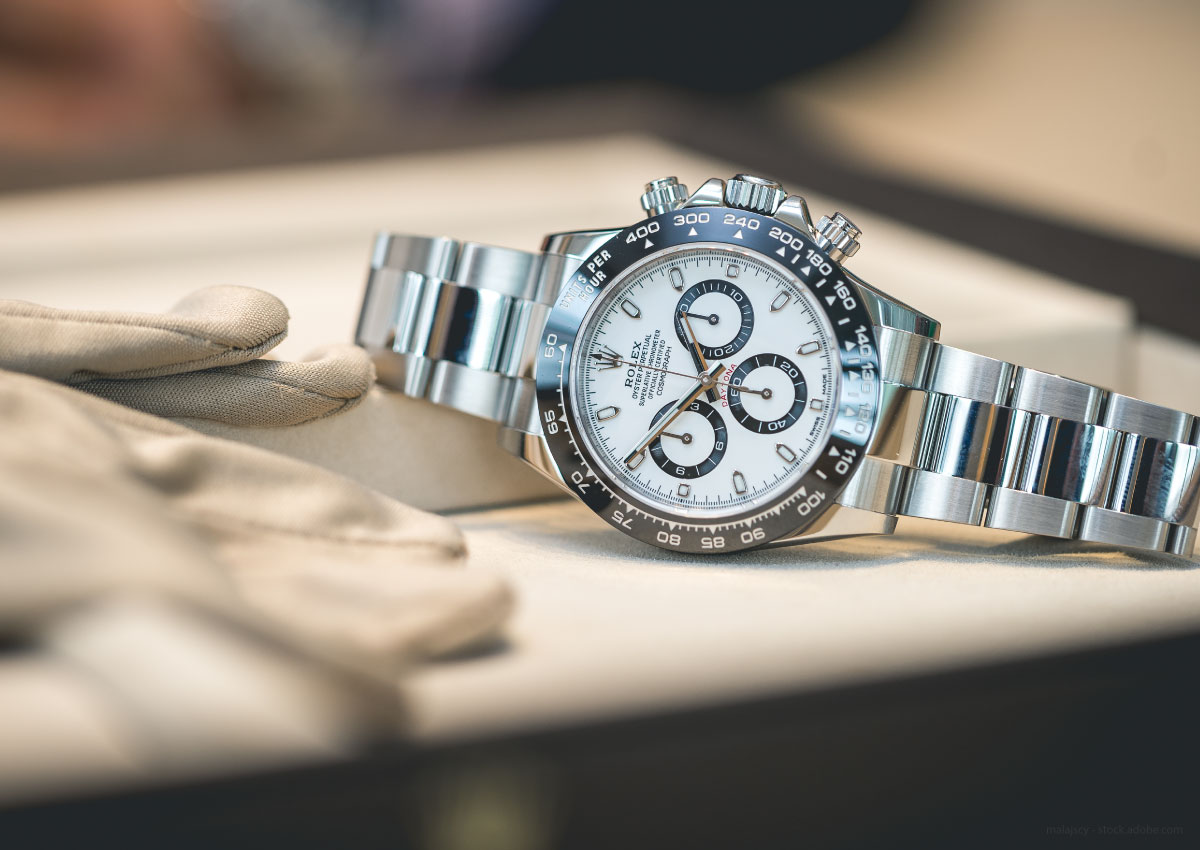How We Assess Mysterious Disappearance Claims
At an area insurance agency, the phone rings. It’s a distraught client, reporting a claim: lost jewelry worth well over $50,000, a high-value item scheduled under a homeowners policy.
This type of claim falls into the category of mysterious disappearance, one of the most challenging that insurance carriers face. On the one hand, the amount of money involved in the claim is substantial, so it would not be prudent to pay the claim without investigating what happened to the missing item. On the other hand, the word “investigation” implies that there might be more to the loss than appears on the surface—upsetting, to say the least, for a client who has searched and searched but simply can’t find the valued item.
In this situation, we can provide invaluable help. In addition to dealing with liability claims, our liability adjusters can use their legal background and investigative techniques to help insurance carriers determine if a personal property loss is legitimate or fraudulent.
Our investigative approach is thorough and fair. We recognize that the individual involved is a person first, fully deserving of respectful treatment. We are careful to explain that although some questions may not immediately seem relevant to the claim or may in some way make them feel uncomfortable, they are simply standard inquiries necessary to establish a full understanding of the facts behind the loss.
Although we change our overall line of questioning depending on the situation, we generally begin with basic, non-controversial queries such as:
- Where was the item usually kept? Do you recall the last time you wore the item?
- Do you have any pictures of the item, especially from the last time you wore it?
- Is it your sense that the item is lost or do you worry that someone might have taken it without your permission?
- Did anyone else have access to the area where the item is kept in your home?
At the beginning of this process, these questions sometimes help recall a memory that can lead to the item, which turns out, was not missing but simply misplaced. When that’s not the case, however, the answers can also lead the investigation in other directions.
For instance, if the home has an alarm system, it’s worth finding out if that alarm was suspiciously triggered around the time the item was last used or seen. If the home has video surveillance, reviewing the recordings might reveal intrusions in the area where the item was kept and may provide valuable information. If there are recent pictures of the item, they can be shared with the area’s pawnshops.
If the insured believes the item might have been taken without permission, it makes sense to see what can be learned about people with access to the home when the item was last used or seen. In addition, we might interview the people the insured was with on the date the item went missing. Likewise, we might contact any place the insured visited on the date the item was discovered missing and ask if the insured had discussed the loss of a valuable item with any employees.
Questions always lead to answers. Further inquiries might reveal any upheavals in the personal lives of the insured, family members, neighbors, or acquaintances, such as divorces, bankruptcies, credit or debt issues, delinquent mortgages, and so on. If the insured is unusually knowledgeable of the claims process or is overly pushy for a quick settlement, this can be a common indicator of fraud.
Mysterious disappearances of high-value items are some of the trickiest claims to investigate. Our approach can help insurance carriers effectively navigate this complicated landscape and achieve their ultimate goal of fast and fair claim settlement. Our process helps to establish the legitimacy of the claim, and, in about 20 percent of the cases we have handled, can lead to the recovery of an item thought to be lost. Should fraud be involved, our process can help us uncover that as well.

Connect with Debby Ward
Vice President, Liability Claims Manager
508‐771‐3232 Ext. 246
debby.w@friedlineandcarter.com

